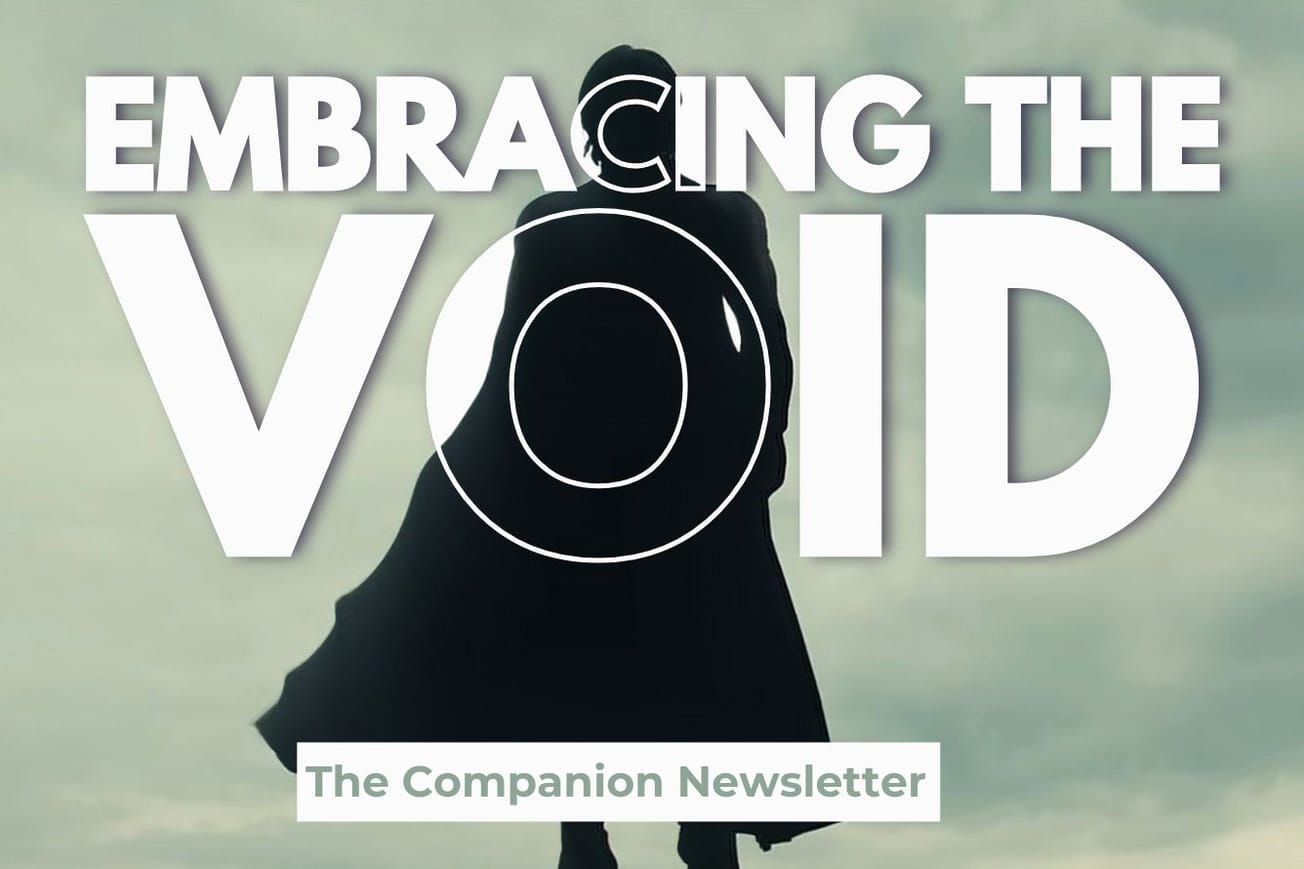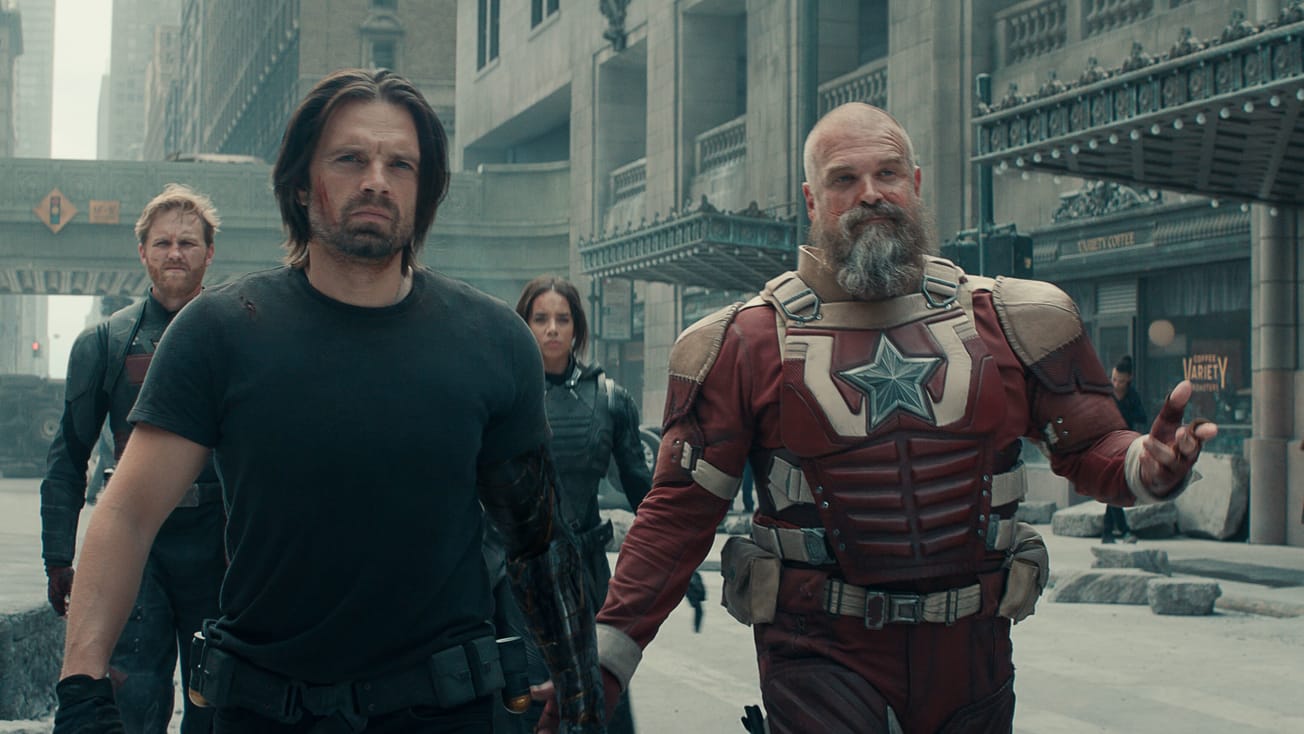This isn’t to throw the production under the bus. It’s a reflection of institutional reality, rather than a moral judgment on Stargate SG-1 specifically but over 214 episodes and two made-for-DVD movies, only two women ever had a full writing credit.
The first was Katharyn Powers.
The second was Heather E. Ash.
“Oh, Katharyn and me? Yeah, it's pretty bad,” grimaces Ash. “Brad [Wright] and Jonathan [Glassner], in terms of bosses, even at the time, in terms of showrunners, they were probably among the most progressive, most sane people running a TV show. And I worked on a few, as an assistant and had many friends [working in TV]. So we knew what the standard was.

“I do know, there was – and I’m not saying Brad and Jonathan shared this – but there was the perception at the time that women don't write sci-fi. So when I would go into a room for a meeting, I was always hearing ‘Oh, you’re the only woman sci-fi writer’ and it’s like, I think then I must know the only other 10 because, you know, we knew each other. I'm sure that wasn’t the limit of it, [and] there are plenty more now.
“I was giving a talk at a friend’s screenwriting class a couple of weeks back, and his grad student approached me and said, ‘I’ve been wanting to meet you because I want to be a screenwriter, a sci-fi screenwriter in Hollywood, and there aren’t any women’ and it’s like yeah, there are – there’s plenty of us.
“I think it’s part myth, part access, and part sexism. Writing rooms were starting to shift in the 90s even outside sci-fi, but unless you’re intentional about hiring, nothing will really change, and we’re seeing that today not only for women but people of color. In the 90s we still were very deeply into like, women on TV was a new thing. Women in the boy’s playground.”

Despite the essential decency of its creators, Stargate SG-1 was unable to fully escape its environment. The gratuitousness of the pilot, ‘Children of the Gods’ (S1, Ep1-2) was forced onto the production by the network, and the nudity sat ill with Brad Wright and Jonathan Glassner. Given time, Wright would scrub it from canon by releasing his preferred cut of the episode and holding up his hands to some of the more dubious dialogue (such as the infamous “reproductive organs on the inside” speech).
Both are on record as to their distaste for elements of ‘Emancipation’ (S1, Ep4) and ‘Hathor’ (S1, Ep14), which came out of a series of edicts from the perpetually horny Showtime for Samantha Carter (Amanda Tapping) to be “sexier,” and for Stargate SG-1 to feature more “sexy aliens.”
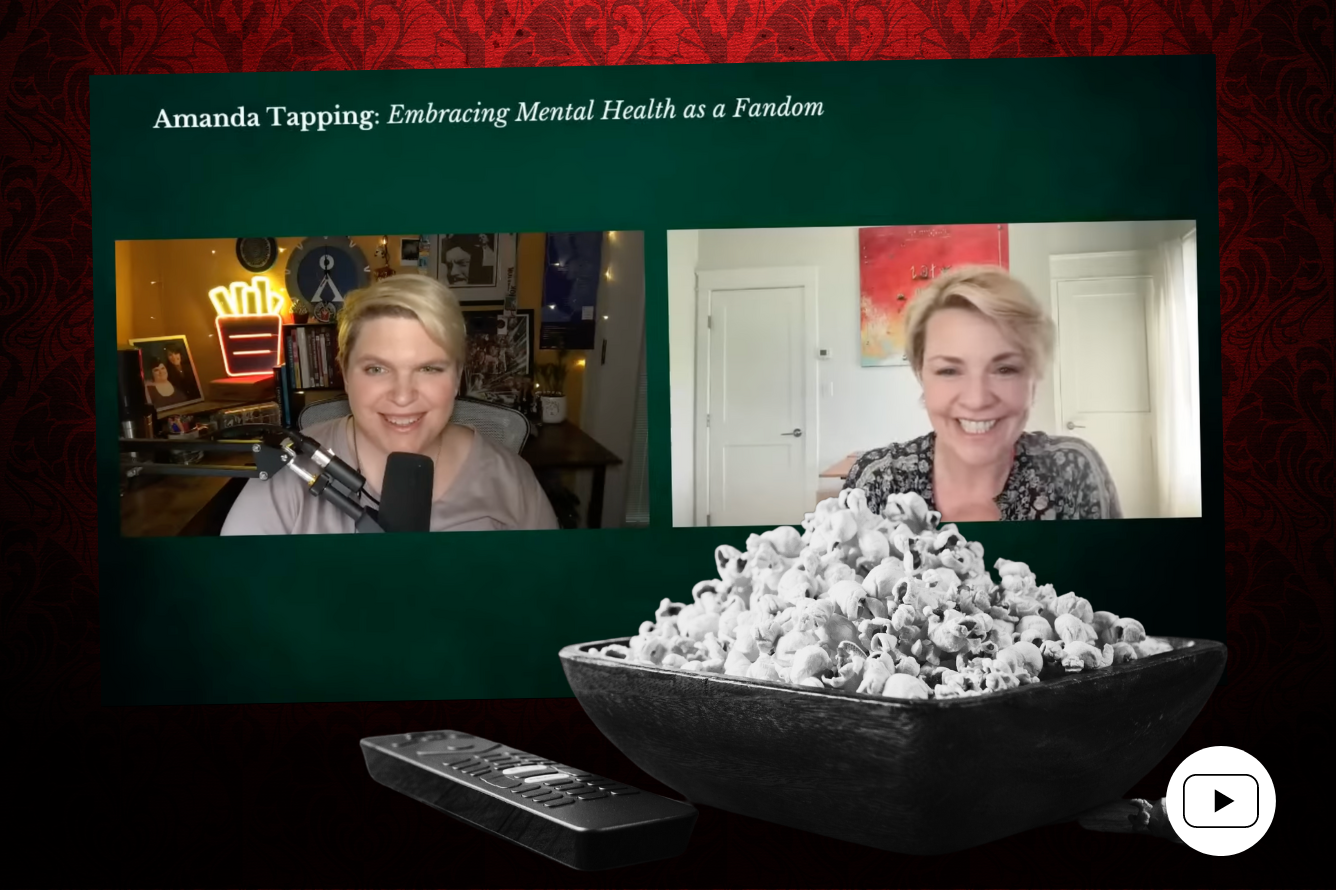
By the time Ash joined the show as story editor, these voices had faded away, but it remained a predominantly male environment.
“I was the only woman on staff. And they were conscious of that, and they wanted to be respectful. Then at a certain point, I was like, ‘Guys, I need someone here to start saying fuck, because I want to say fuck, and if you don't say fuck, I can't say fuck, and it's fucking hard. So can we just all say fuck?’ And they were like, ‘Okay’, because they were really trying to be protective in a way. I think it was more of that than not wanting to get sued. We weren’t worried about that. But women are not like these creatures to be protected, or deferred to, or lionized.”
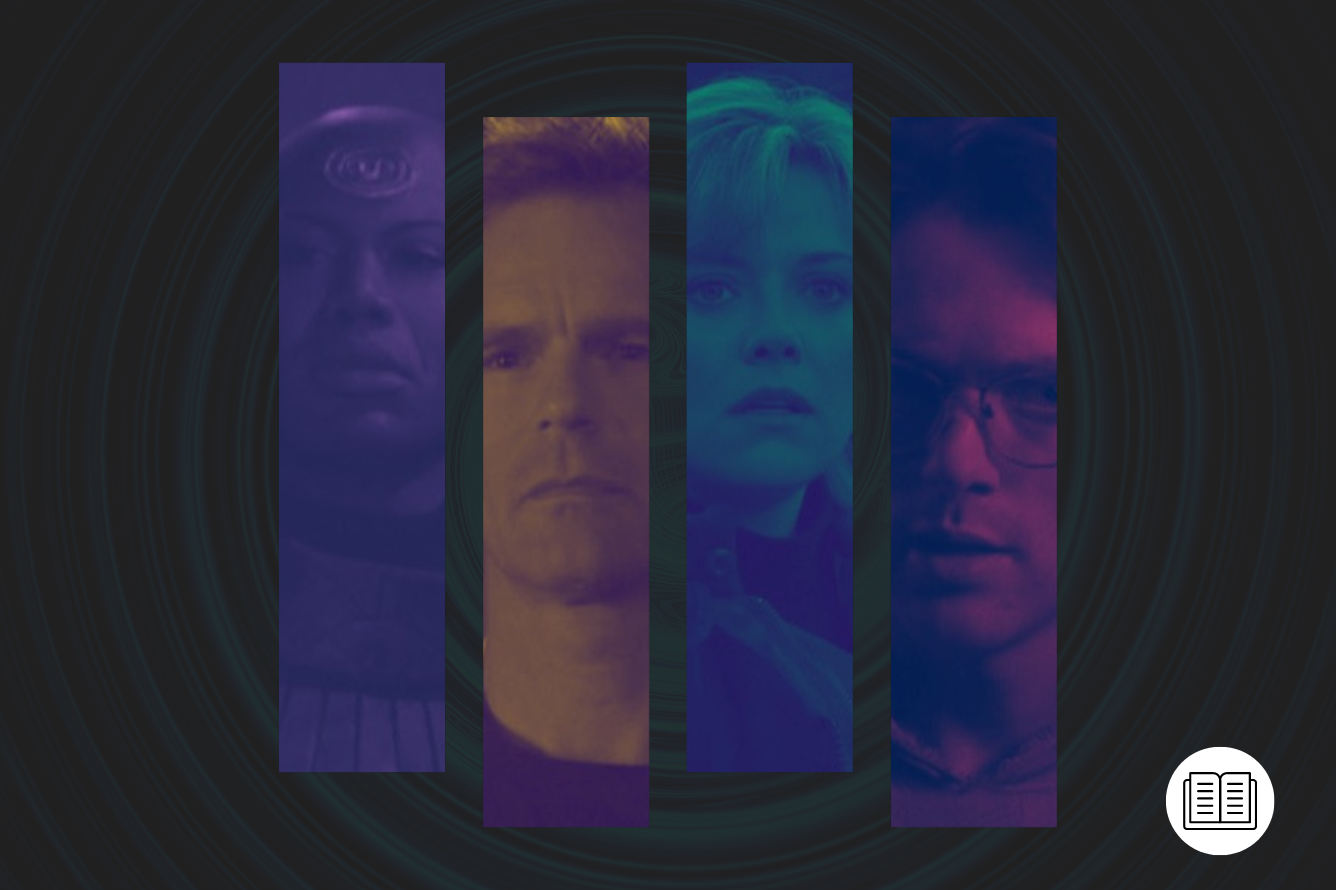
Writing ‘Learning Curve’ and Joining the Staff
As story editor on Stargate SG-1 Season 3, it’s easy to assume that ‘Learning Curve’ (S3, Ep5) – her first episode – came about because she was already on staff as story editor, absorbing the big conversations about Jack O’Neill’s character arc and the like. You do a few rewrites here and there, fire off some snappy patter to make the necessary exposition less of a chore, and then Jonathan or Brad goes ‘Yikes, it looks like we’ve lost episode 5… Heather, are you busy?’ (That’s how it works for rookie entertainment journalists, anyway).
In reality, it was the other way around.
“At the time, I was working as an assistant to a TV and film producer and writing spec scripts. I had a writers’ group. The Script Writers Network was the local group and they had a screenwriting contest. So I put two of my spec scripts in. One was an Outer Limits because I had an anthology idea that didn’t fit anywhere, but it fit as an episode of Outer Limits. Everyone’s like, ‘You'll never get work – no one will read that, you need a spec that everyone’s gonna read.’ Well, that script ended up getting me every job I ever had, of course.”
The prize included meetings with people within the industry.
“I met writers, I met agents, and I met Tony Optican who was at the time working for 20th Century Fox. Really nice guy – and he’d read my Outer Limits. He actually sent my stuff to Brad and Jonathan, who I want to say also read the Outer Limits script. And that was funny because they were the showrunners for Outer Limits before that.

“Then I was invited to pitch to them. This was before Zoom, so we did it over the phone, long distance. I didn't even have an agent at that moment. I got one really quickly because everyone wants to represent you when you have a job, or you have a job on the line. So I pitched some ideas. They liked one of them. That was what became ‘Learning Curve’.
“Later,” she continues, “my agent called me. I was at the office late and he said, ‘Yeah, so they want to buy this – they want you to write the outline.’ So this is good news. And then he told me how much that was gonna be. But you know, guild minimum, it’s really cool few $1,000. Then he’s like, ‘Oh, hold on a second.’ And then he gets off the phone for a minute, and he comes back on, he's like, ‘They're just gonna send you directly to script.’ So that's, like, tens of thousands of dollars.
“I just remember that because I called my mom. And when I told her how much I was gonna get paid for the script, she actually like had one of those pleasant panic attacks.
“So I did, and I sent them the first draft. They gave notes. I did the notes. And what I turned in basically made it to the screen. Pretty much the way I had written it, which is unheard of. In between, they said ‘We’d like to invite you to be on staff, so that you can you know, be here in time to be on set when this gets made.’ I asked to be flown up to meet them to make sure I wasn’t walking into crazy town. And they were lovely, so two weeks later, I uprooted my life in LA and moved to Vancouver, and started work. I think just about that time, like when the show was in production, the episode went into production so I was on the set and saw a lot of it get made.”
One of the show’s truly great Jack O’Neill episodes, if you need your memory jogging, ‘Learning Curve’ is the one where SG-1 is shadowed by child prodigies called Urrone. Our heroes come to discover that their accelerated learning is powered by nanites, and the Urrone then release the nanites into the general population in a ceremony that effectively wipes their memories and leaves them in an infantilized state. The total knowledge of Orbanians is increased and it’s considered a great honor, but Jack – his fatherhood undercutting his usual level of moral pragmatism – absconds with Merrin (Brittney Irvin), and attempts to teach her about childhood. In a bittersweet ending, Merrin elects to fulfill her duty but in doing so shares with the Obanians her newfound appreciation of childhood.
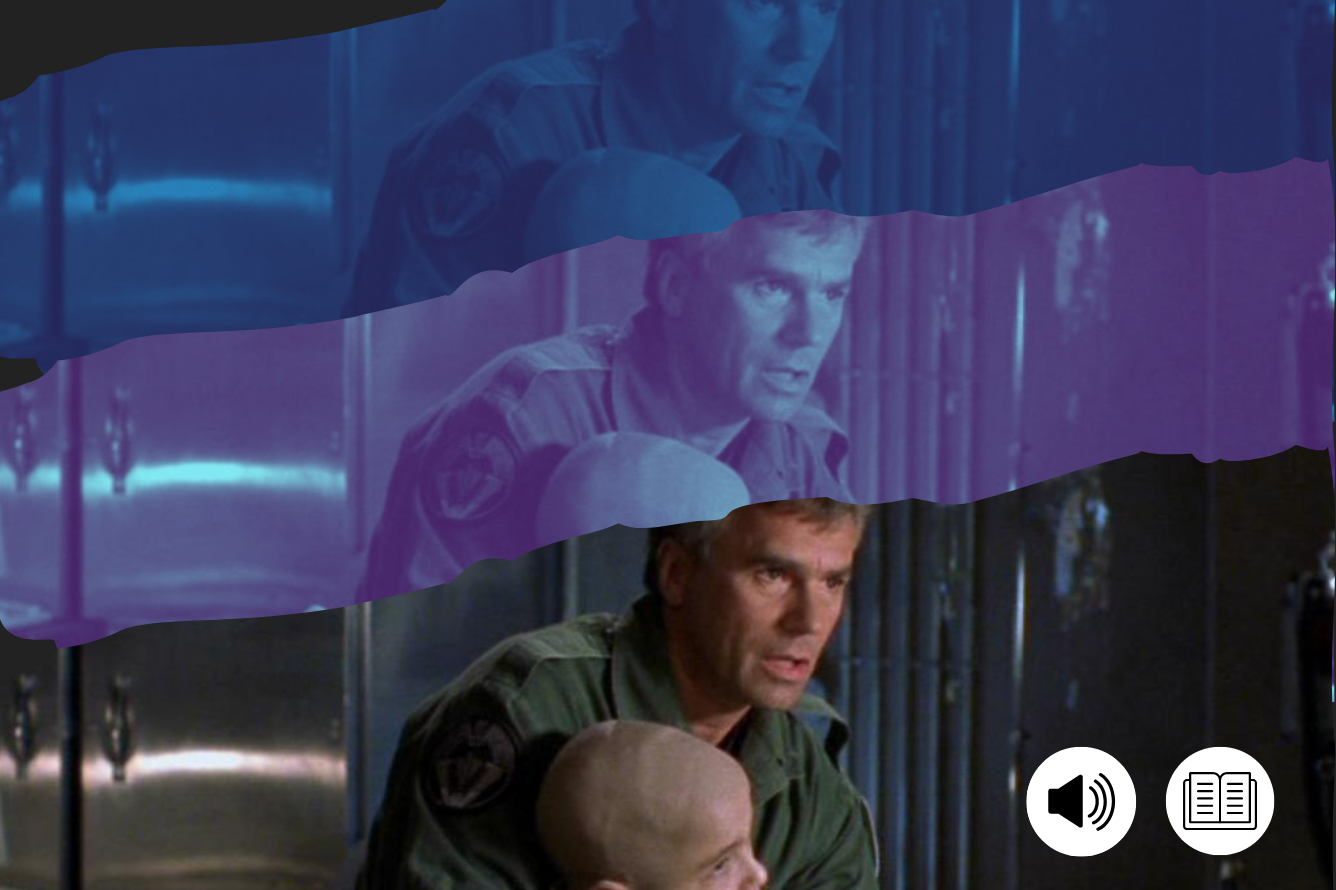
“O’Neill was definitely coming at it from the parenting perspective, how this would hit that element of him of having been a father and wanting to protect another kid. But it's also mixed with the Prime Directive, right? That idea that there are other cultures and this is what happens if, if she is not allowed to share this knowledge then other bad things will happen. This is a version of child sacrifice. But it’s for the greater knowledge, literal knowledge of the world, so we kind of have to do it.
“I feel like that's the episode that I feel like drags a lot because it's very cerebral. Like I get impatient with it. Watching it now. It's like, ‘Oh my god speed up. Holy cow, man.’ I liked that the end scene, where [Jack] goes to visit her to make sure she’s okay and they have that little exchange.”
Merrin doesn’t appear to recognize Jack, but she scribbles on the wall in Crayola (there’s probably a scene on the cutting room floor where a bemused General Hammond is approving a shipment of crayons and jump ropes to Orban) and is delighted when he joins in, scribbling over his scribbles. “You're right,” he murmurs. “What was I thinking? You ever seen a dog? Dogs are my favorite people. Some have tails, some don’t. I like that about dogs.”
“Rick did ad lib a lot of the drawing commentary. I was watching a rough cut at my apartment and seeing that ‘dogs are my favorite people’ [line] and it fades out and I just burst into tears. I told Brad the next day that I cried and he was worried that I hated it. No, no. It was like, ‘Oh my gosh, like, that was beautiful and that’s my episode.’”
Writing ‘Foothold’ and Memories of the Production
Ash’s second episode (and the first episode of Stargate SG-1 directed by the venerable Andy Mikita) is routinely featured in lists of the show’s finest. In ‘Foothold’ (S3, Ep14), SG-1 returns from an expedition and is knocked unconscious by a shifty Dr. Janet Frasier (Teryl Rothery), Teal’c (Christopher Judge)’s symbiote offers him some protection and he wakes up Samantha Carter (Amanda Tapping), who realizes that there has been a full-on takeover of SGC by an enemy within.
“It turns out,” recalls Ash, “our people have been replaced with aliens – so kind of an Invasion of the Body Snatchers bit.”

But explaining how the aliens, who are sadly never named on-screen, are able to a) physically appear as members of SGC, and b) have access to their memories, wasn’t easy. In the end, the solution was two separate devices – one worn on their chests like a cloaking device, and the other connected the alien interloper to a comatose counterpart in a biomechanical headband.
“We kept trying to make it one device,” Ash explains. “That was really hard to do because we needed it to work with two separate things, visually and then mentally because the aliens can pick up on our thoughts. One device wasn't working. So finally it was like, ‘Okay, what if we made it two devices? And then in the plane scene, we’ll, we’ll do the explanation when they kill the alien.’ And that worked out but it took a long time to get there. You kind of work through okay, well, if we pull this thread, then what does this do? It's not enough [to say], ‘Well, we'll figure it out.’ Jonathan is like, ‘I’m reading your outline. You haven't figured it out here. If you haven't figured it out here. It's not figured out. We don't know if it's gonna work. So you gotta prove that this is gonna work out.’”


Oh yes, the ‘plane scene.’ What could have been a bottle episode – the regular cast performing in the SGC standing sets – plays like a feature film thanks in part to the airplane interior in which Alien Jack and Alien Daniel (with an assist from Colin Cunningham’s Alien Major Davis) gaslight Sam and drag her back to SGC.
“You can't just put a plane in an episode, because that's money, right? Everything costs money. So originally, they were driving back in a van, which I knew ‘This is the worst’ because it's gonna take you know, eight days in a van with an alien. How, will we do that? That's like a break on the story.
“So where we’re shooting, there were other movies shooting on the lot, including one with an Air Force One set. The movie production was getting rid of it and wanted to sell it. And, you know, a plane could come in handy in an episode on a series that has military, high-level people. So they came to me and they said, ‘Can you find a place to use a plane?’ Therefore, they can add it to the episode's budget, right? And I was like, ‘Actually, yes, I can.’”

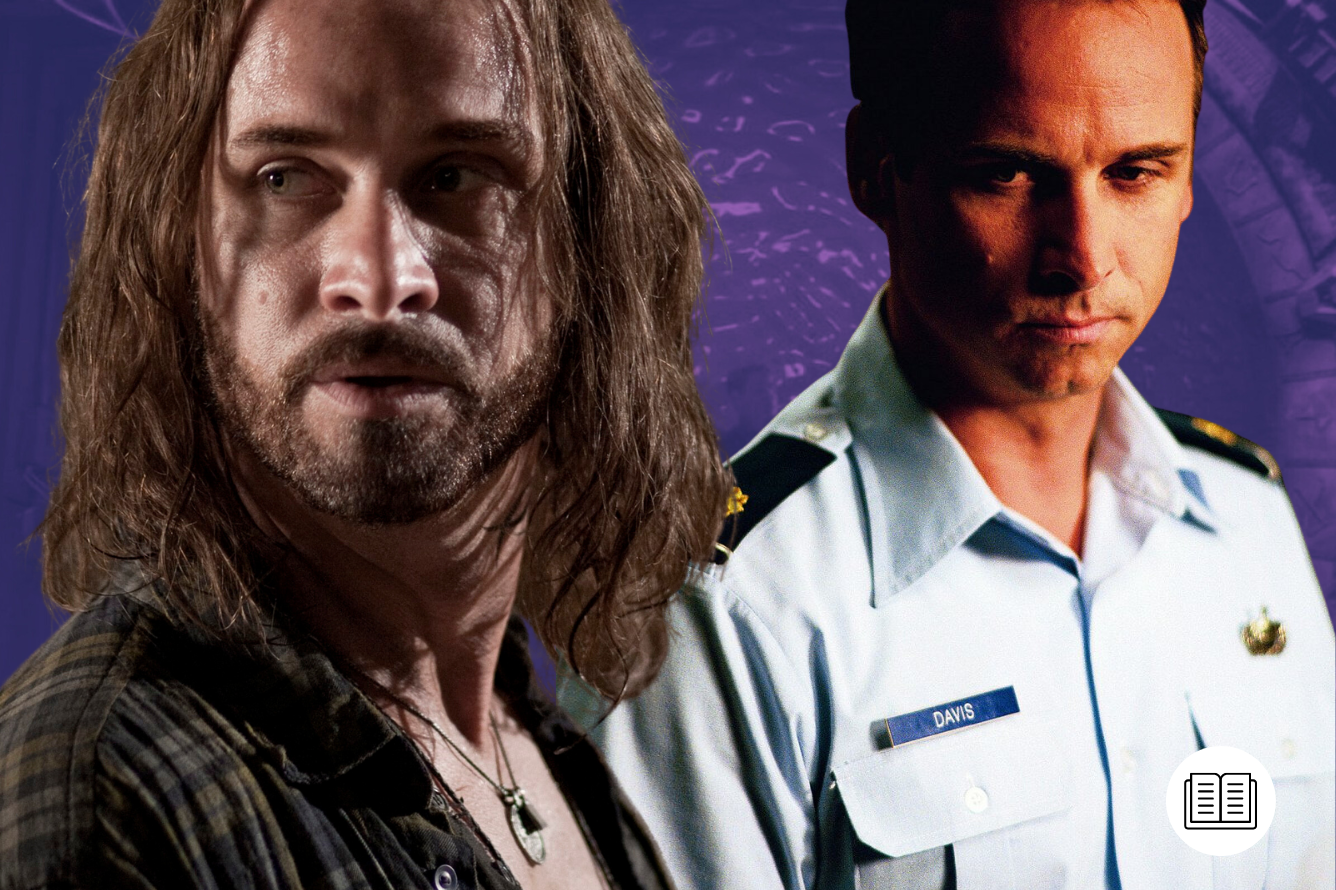
Sam’s decision to reach out to Colonel Maybourne (Tom McBeath), the NID martinet who had been the cause of so much friction for SGC, added a certain spice to the proceedings. Incredibly, Maybourne was a later addition to the script, but his inclusion adds to the episode’s tightly wound sense of paranoia and suspicion.
“I was too timid and did not have her going to Maybourne at first,” says Ash. “Then as part of the rewrites – because this is over several weeks – the question was, how to get Sam out and how to get her back ‘cuz she has to leave. But who is she going to go to?
“Finally, I went back to Brad [to discuss] whether she goes to Maybourne, which is something I had been thinking at first, but I was timid. Which was dumb, because you have to swing for the fences when you're writing. And that fix, that then she has to go to Maybourne, the person she hates, the person that wants to sink the Stargate program – that sets up some real tension. That'll be interesting. So that's how we got Maybourne in there. And that actually was really, really fun. To have that concern, to have that fear because he could sell them out. He could already be compromised for all they know.”
The alien duplicate devices were the catalyst for a series of fantastic moments: Alien Jack and Alien Major Davis are shot dead in a mid-air standoff, Real Jack punches out Alien Janet, and Sam uses the Alien Daniel disguise to insert herself back into the SGC, which was an excuse for Michael Shanks to do a goofy Carter impression. That part at least wasn’t quite as Ash imagined it, possibly because the cast was a little ‘body swapped out’ courtesy of the Freaky Friday machine in ‘Holiday’ (S2, Ep18).
“I guess the cast was kind of over it, I kind of saw it as an acting challenge. I was like, ‘Hey, you got to act like this other person because Sam is in Daniel's body’. But I think Michael wasn't pleased that he was yet again, not himself in a scene. So if you watch closely, he's really milking it. In the scene, Sam’s going in there to do a job, she doesn't have time to reflect that she's [appearing as] Daniel Jackson, so in terms of what the character would be doing, like, logically, it was kind of silly.”
Nor were the cast entirely enamored with being strung up from the ceiling like kinky Christmas decorations, all slathered in KY jelly.
“Don Davis, God bless him. What a sweet man. He just stood next to me. He's like, ‘Sometimes I wonder what goes through you writers’ heads….’”

Reflecting on ‘Foothold’, despite its challenges the episode is clearly a favorite
“I remember hearing from the crew, how much they loved reading it. I think the art department was like, ‘Yeah, everyone loves this one.’ Your crew is your first audience and so you want to do something that is not like [a usual] workaday. This is the blueprint for telling them a story. If you can surprise and delight the crew and the actors, that's good because it makes their jobs easier and more fun. And they like to be surprised as much as anybody.”
From the episode’s first critics to its latest.
“I watched it a couple of weeks ago with my kids who could care less about my job. My daughter was next to me. She’s like, ‘Wow, that was really good.’ – ‘Thank you’ – ‘We've seen it before,’” she deadpans, before laughing. “They know from good sci-fi, they are good film students.”
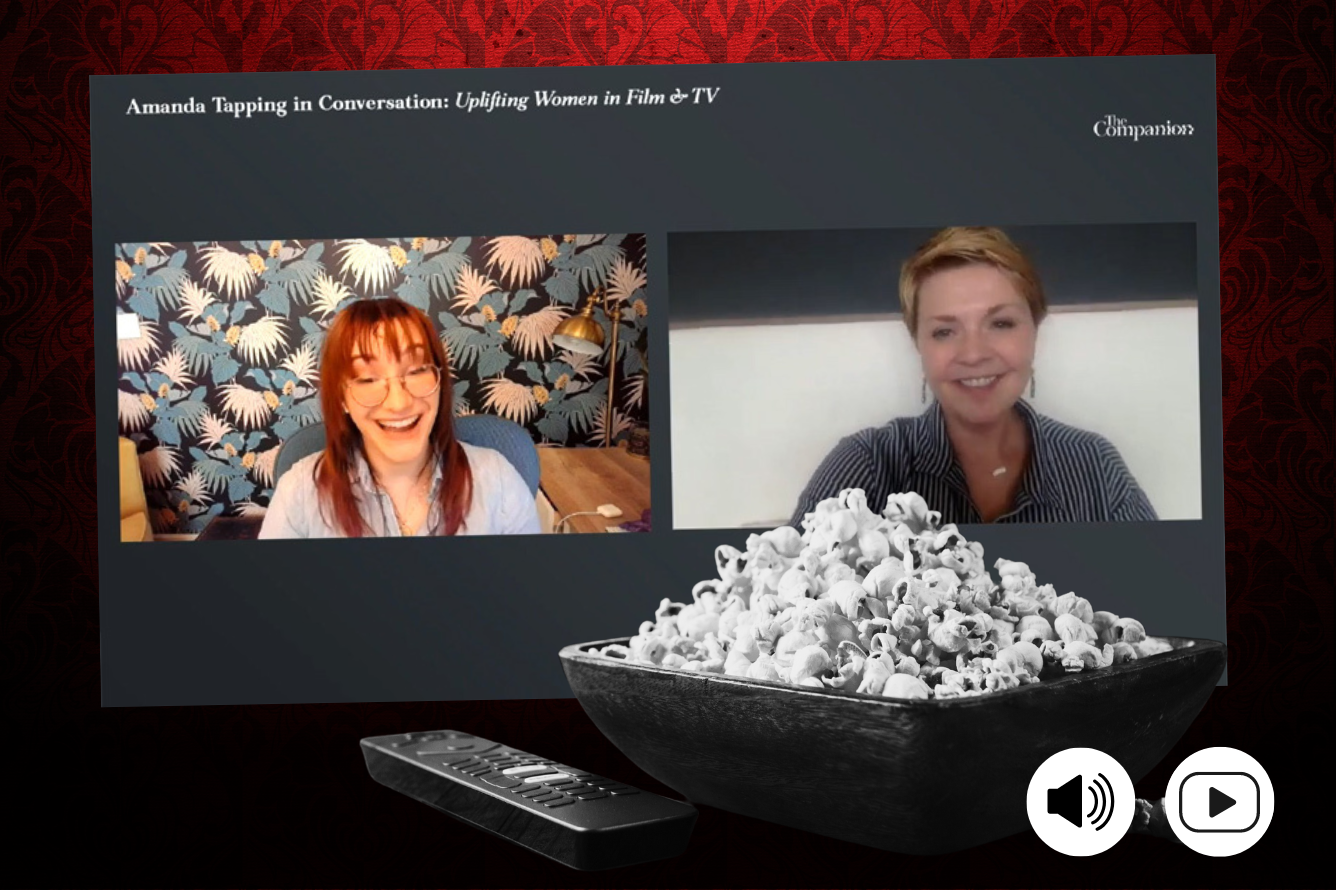
‘New Ground’ and the Magic of Dialogue
“The pitch for that one was ‘What if we get to a planet where they believe in evolution? And we're here saying, ‘Hey, creationism y’all!’ But that's not enough to support an episode – it's how that affects the characters.”
In ‘New Ground’ (S3, Ep19), a random Gate dialing program suddenly pings when an archaeologist on P2X-416 unearths their previously buried Stargate, plunging SG-1 into a bloody sectarian divide between the Bedrosian, who believe humans were created by divine agency, and the Optricans, who believe that said divine agency brought them through a Stargate as slaves from another world. The authoritarian Bedrosian military capture Jack, Samantha, and Daniel, sticks them in cages and attempts to electrocute/browbeat them into admitting they’re an elaborate PsyOp by their Optrican arch-rivals.
Meanwhile, Teal’c, living evidence for the existence of aliens, gets an energy weapon to the face and is forced to rely on the ministrations of cherubic archaeologist, Nyan (Richard Ian Cox). It was a neat twist on Wolfgang Peterson’s Enemy Mine (1985) where marooned pilots from warring factions, the human Willis Davidge (Dennis Quaid) and alien Jereeba Shigan (Louis Gossett Jr) overcome their enmity and work together to survive on a desolate world.
“Our big strapping Teal’c was blind and in a cave. We kind of were nodding toward a classic movie about a guy who gets trapped in a cave with an alien and they become friends, for two hours. But this is the character thing: Teal’c is gonna be trapped with this guy and have to rely on someone else. He’s usually not like that and he hates it.”
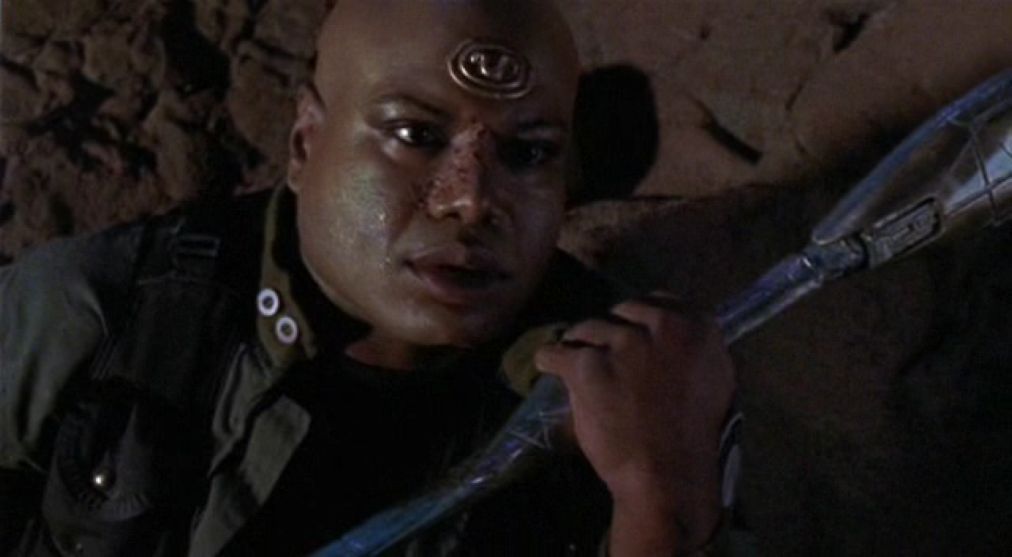
A particularly creative storytelling moment comes when Commander Rigar (Daryl Shuttleworth) is interrogating the caged SG-1, the camera cutting from Jack to Samantha to Daniel as they offer very idiosyncratic explanations for the Stargate.
Samatha Carter: The Stargate isn't made of regular stone. If given enough power, a wormhole forms within the circle and that allows us to travel to other worlds.
Commander Rigar: Wormhole?
Jack O’Neill: Giant worms. Huge.
Daniel Jackson: Wormhole is just an expression. It has nothing to do with worms. It’s a tunnel through space.
It’s a minor masterclass in how dialogue can advance the plot, establish character, and most importantly, entertain enormously.



“We had a guest actor come in, and actually might have been on ‘New Ground’,” says Ash. “He came up to me on the set and informed me that I should use contractions. He was quibbling over that we don’t use contractions for aliens. It’s like, aliens don't use contractions, because this is what we do in sci-fi. So thank you, but really it was rude, explaining to me my words in my script as if I hadn’t thought about this. There’s so little space to write an episode. I mean, we’re talking 60 pages, it’s actually more like 43 or 45. Your dialogue really has to do a lot of work and you don't put things in there that you don’t need.
“It is an art, it is something you really have to work at to get dialogue to sound true and convey information and convey character and advance the plot. Really the only thing that viewers get verbatim from the script is the dialogue.”
‘Beneath the Surface’ and the Jack/Sam Romance
Stargate SG-1 ended its third season and barrelled into its fourth with a staffing switcharoo. Co-creator Jonathan Glassner returned to the US but retained an executive consultant credit, and Robert C. Cooper continued his ascent from supervising producer to co-executive producer. The formidable Katharyn Powers wrote her final episode of SG-1, and the fan-favorite Joseph Mallozzi and Paul Mullie partnership wrote their first. Heather E. Ash moved on too leaving them ‘Beneath the Surface’ (S4, Ep10), which had been written whilst she was still on staff.
In the episode, our heroes believe themselves to be subterranean miners on an ice-bound world. In reality, they have been brainwashed by Administrator Calder (Laurie Murdoch), the leader of the surface-dwelling elite to keep his world’s dependence on slavery a secret.
“It was who are they if they don't know who they are? How consistent are they? There was a kiss between Sam and O’Neill that was going to be the first time they kind of gave in to the attraction.”
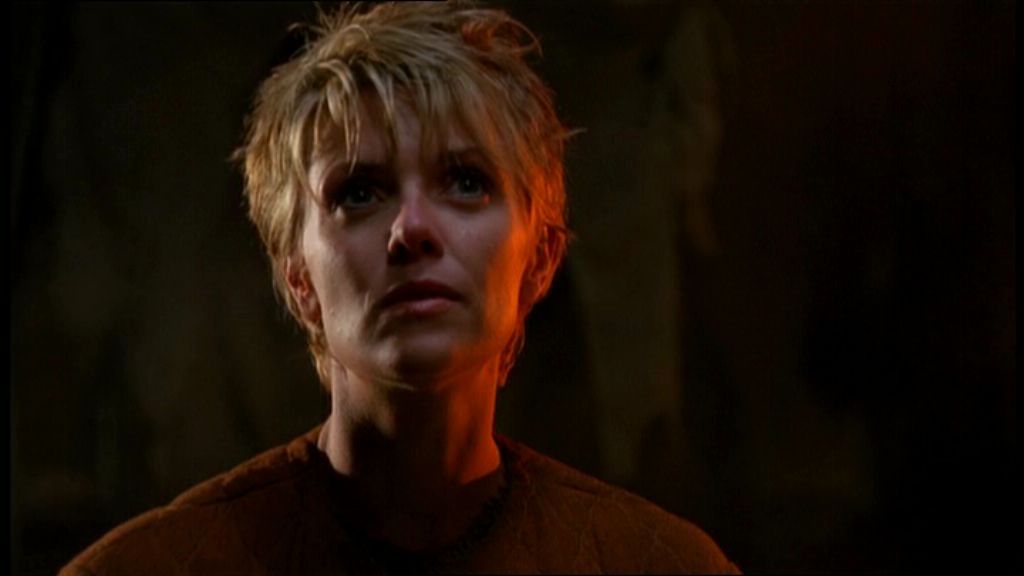
‘Beneath the Surface’ had been gazumped on that front by ‘Window of Opportunity’ (S4, Ep6), where Jack resigns his commission and pulls Sam into an embrace in one of his increasingly freewheeling Groundhog Day scenarios. ‘Divide and Conquer’ (S4, Ep5) had also danced around Jack’s feelings for Sam, as they acknowledge there’s something they’re trying to hold back from the alien lie detector. ‘Beneath the Surface’ takes a similar line as they explore an almost instinctive closeness despite their implanted personas, and share a meaningful silence when their true identities and memories are restored.
As far as Ash is concerned, the kiss she wrote into ‘Beneath the Surface’ wasn’t there to, ahem, surface a romance, but to surface its profound not-quite-rightness of them kissing. These two characters would be drawn together, knowing that they shared a deep connection that their implanted memories refused to underwrite. They kiss, but all that proves is that... it ain’t that.
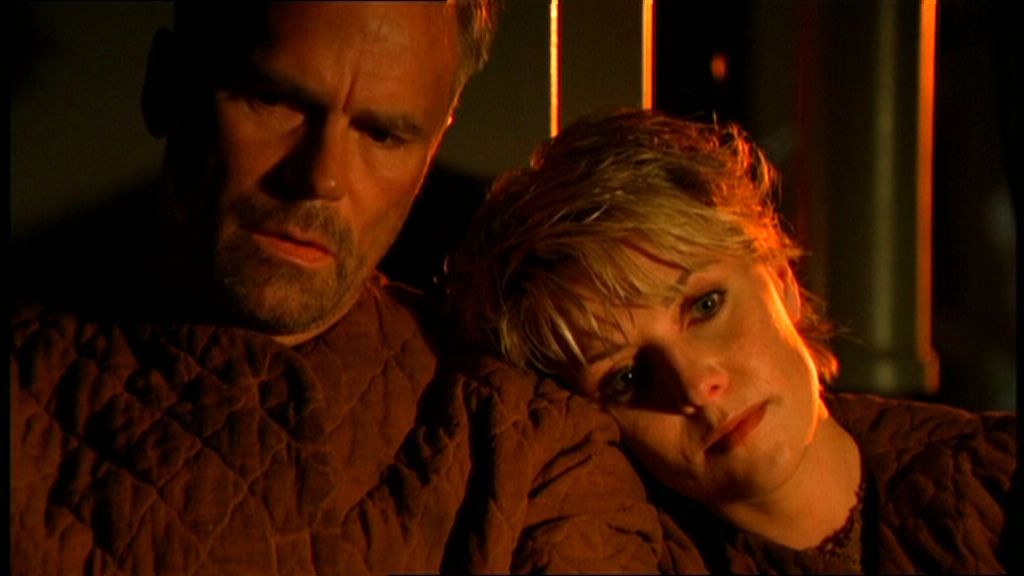
“Not every male-female duo has to be romantic,” she says. “It's a trope I’m quite done with. I’m kind of bummed that Scully and Mulder, you know... they made them succumb to ‘Yes, they’re going to be romantically involved because they work together because they're men and women.’ We didn't really want to go there. It’s a trope, it’s kind of sexist. Let’s just call it out. It’s really sexist and very, very male gaze in that weird thought that men and women can only be around each other in a sexual way.
“I know Amanda didn't want to deal with it and she was very much like, ‘Thank God, there’s a woman on set on set, a woman who appreciates science’ because I was a huge science geek. When we put [the kiss] in my episode, it wasn’t to kind of have them [go] ‘Oh, they’re now going to get together.’ It was more like, ‘Oh, they're gonna kiss and it’s like kissing my brother,’ you know, like Back to the Future.”
‘Rite of Passage’
“I’m going to give credit to Brad on this – at least half the credit,” says Ash. “Because he did do a big rewrite. I was off the show. Robert [C. Cooper] called me. It was like the third week of July 2000 to say, ‘Hey, you want to come back and pitch some ideas?’ It was very generous. They needed to give a script to freelance assignment. And they knew I have ideas – I could write one.”
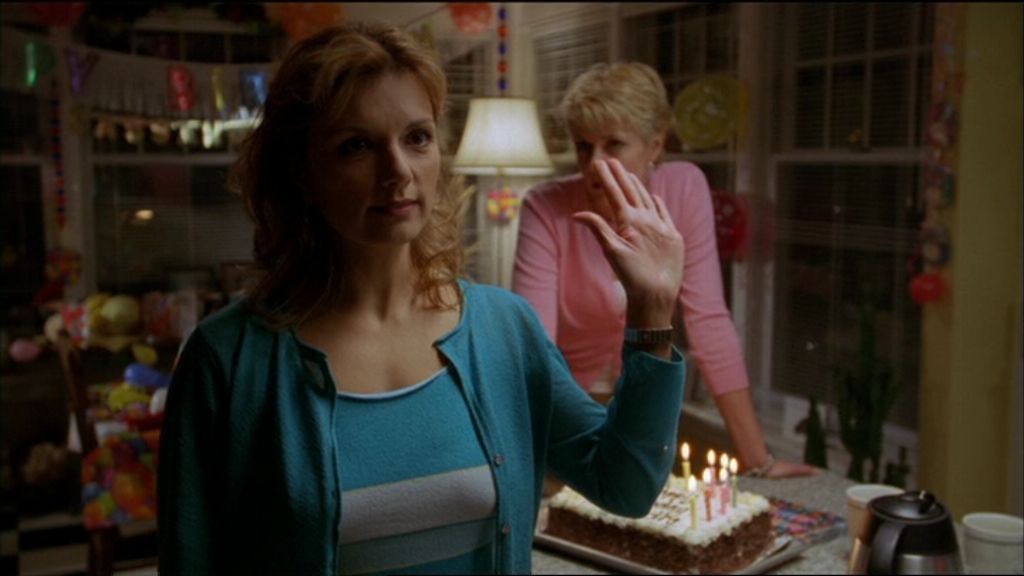
In ‘Rite of Passage’ (S5, Ep6), the now-teenage Cassandra (Colleen Rennison) – the orphan picked up way back in ‘Singularity’ (S1, Ep15) – is celebrating her birthday. Celebrating is perhaps too strong a word. In classic teenage girl fashion, she wants to spend it with her boyfriend, whilst her ‘two moms’ – Janet and Samantha – are patiently parenting about in her periphery with a birthday cake. Then things take a turn for the telekinetic as the porch light explodes and Cassandra collapses.
“I had wanted to revisit Cassandra I always kind of liked that character. I knew they liked Teryl [Rothery] and wanted to give her something because we get our main people there all the time. Like O’Neill and Sam and Daniel Jackson always get stuff. Teryl was a great actress. I know, she wanted to do more and when I was on staff, I was looking for ways to include her character in some interesting ways. So that was the opportunity to say ‘Okay, Cassandra… it's Carrie.’ It's everything y’all pointed out.”

It turns out that the underutilized Nirrti (Jacqueline Samuda) is to blame. The most insidious of the System Lords was experimenting on Hankan children to create the perfect host, and her genetic oven timer has just gone off. Nirrti is literally and figuratively invisible for the bulk of the story. It’s mainly about the increasingly unpredictable Cassandra, and about Samantha and Janet dealing with her plight with equal parts care, concern, and righteous rage. For parents really about that uncanny feeling of not really knowing who your kids are once they hit their teens, and for kids, it’s about feeling uncomfortable in your body, feeling uncertain of who you’re supposed to be, and, of course, hormones.
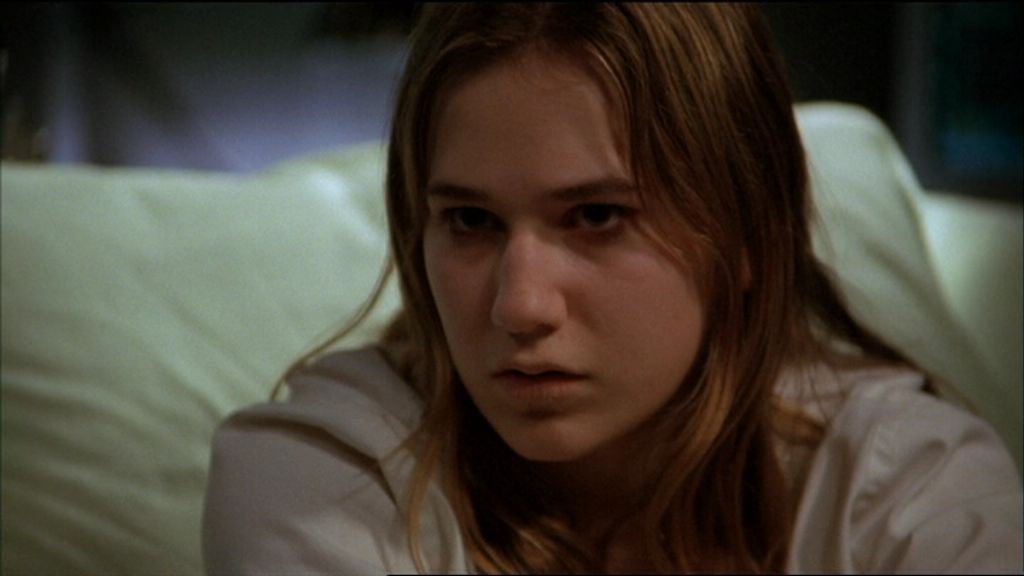
“A lot of the nuance came from Brad,” explains Ash. “Brad's daughters were teenagers by then [or] I think are approaching puberty. But you know, they definitely were very insightful in terms of parenting, and watching it now it’s very funny to go like ‘Yeah, of course, I too was a girl.’ Teenagerdom is kind of universal, except in the blowing stuff up. The broad strokes were mostly mine and the character stuff, and then they did the side-quest of ‘We went to this other planet and found the solution.’
“I only wrote the first draft and then I wasn’t on it. If you're a freelancer, you don’t work for free. So I just remember turning in the script, and then they took over the rewrites because they have to pay for every step. I will say that the boyfriend of Cassandra, Dominic, that name came from the guy I was dating at the time. I ended up marrying him.”
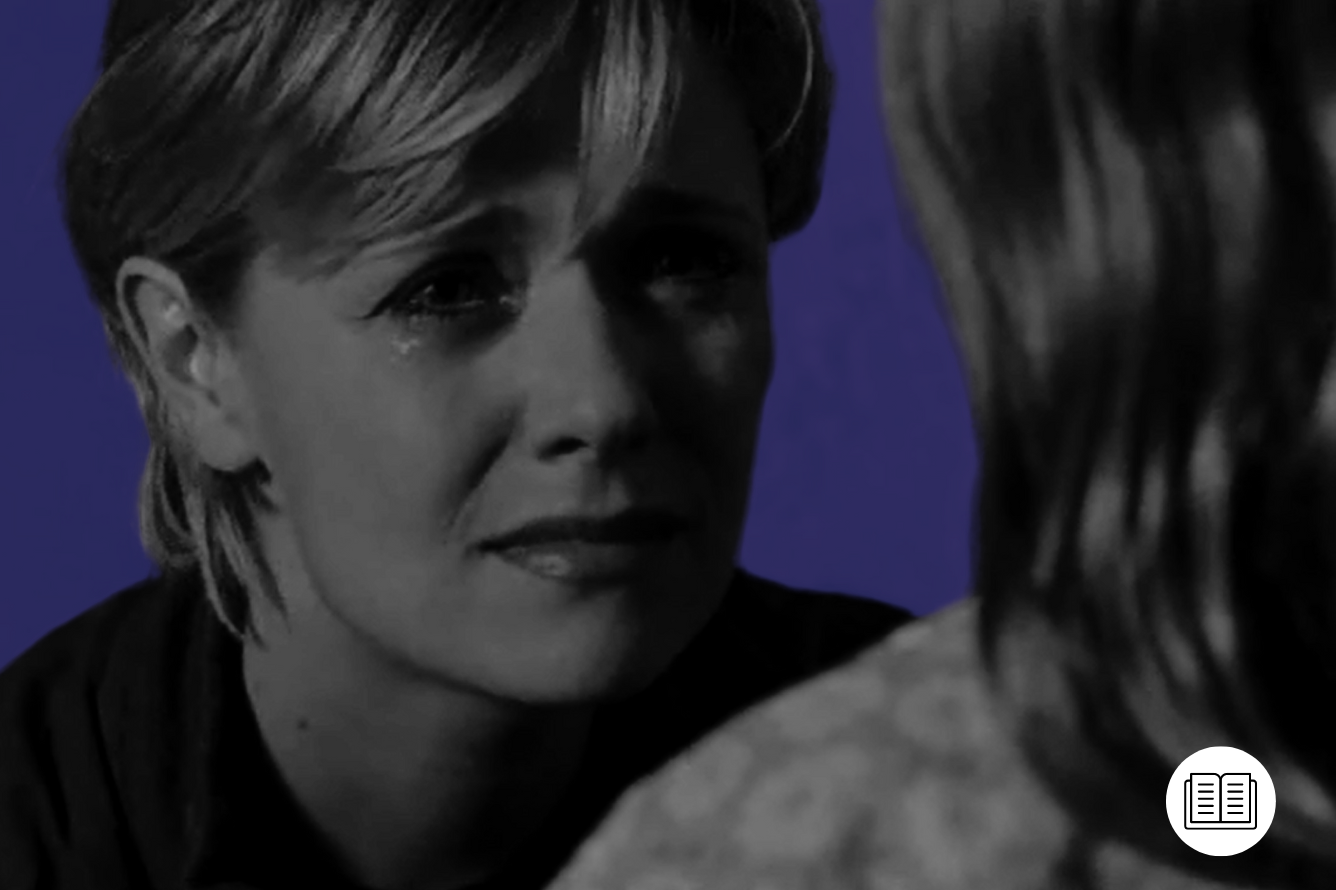
Pitching Star Trek: Voyager and the Unmade General Hammond Episode
Though Ash’s contributions to Stargate SG-1 ended with ‘Rite of Passage’, there’s also the tantalizing prospect that she could have written for Star Trek: Voyager...
“Because I made a friend on the Voyager set, I had pitched to Star Trek,” says Ash. “They had a program at the time where they would accept scripts from anybody. You didn't have to be WGA [Writers Guild of America] – it didn't have to be agent submitted. So I took advantage of that and they invited me in to pitch. I was a senior in college when this happened. That was big. So I flew out to LA and I went into pitch and didn't land anything.
“When I moved to LA, like three months later – because again, you had to be in LA to be a TV writer – I ended up going back and pitching because they were very nice. If you did well enough and you weren’t nuts, they would say ‘Well, if you have any other ideas come back.’ And so I kept coming back. I was there like six or seven times – never landed a single pitch. But I met Michael Piller, I met Brannon Braga, I met Jeri Taylor… I got to meet all these huge, huge, huge people who are so very generous with their time.”

Ash pitched a story where Voyager gains sentience and another featuring the organ-harvesting Vidiians, one of the early seasons’ all-new recurring aliens. But there were stories that didn’t quite make it into Stargate SG-1 either including an interior, character-driven episode centered on General Hammond (Don S. Davis).
“I wanted to do an episode with Don Davis, actually, where somehow he’s made a bad decision that ended up in SG-1 getting killed. And then he’s gonna retire and he keeps hearing them in his head, so he thinks he's hallucinating and we weren't able to kind of get it in the schedule. We weren't gonna be able to do this in a way that we thought we could pull it off. That was the one I always wanted to write. Let’s really dive deep into General Hammond. But we were at that point in the show. It just didn’t feel like the right move to make.”
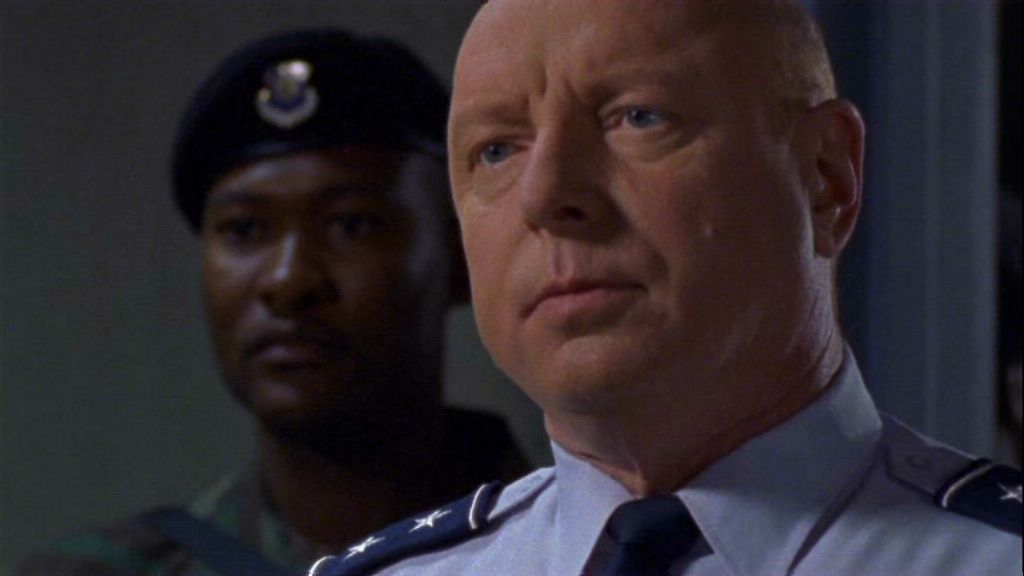
Pretty much all we knew about Hammond’s life prior to SG-1 comes from ‘Tin Man’ (S1, Ep19): that his wife passed away from cancer, and that he has two granddaughters. Novels would expand on this (and then contradict each other, as spin-offs often do), but nothing was developed on screen.
“I had the sense that he was widowed, but he still wore his wedding ring. So let’s see this guy in civilian life. It feels like the SG-1 base is his entire life. But who is this guy on the outside? Is he lonely? Why doesn’t he retire? I wanted to explore those questions. I think it was just a little too touchy-feely. The direction I wanted to go with it was a little too off-show.”
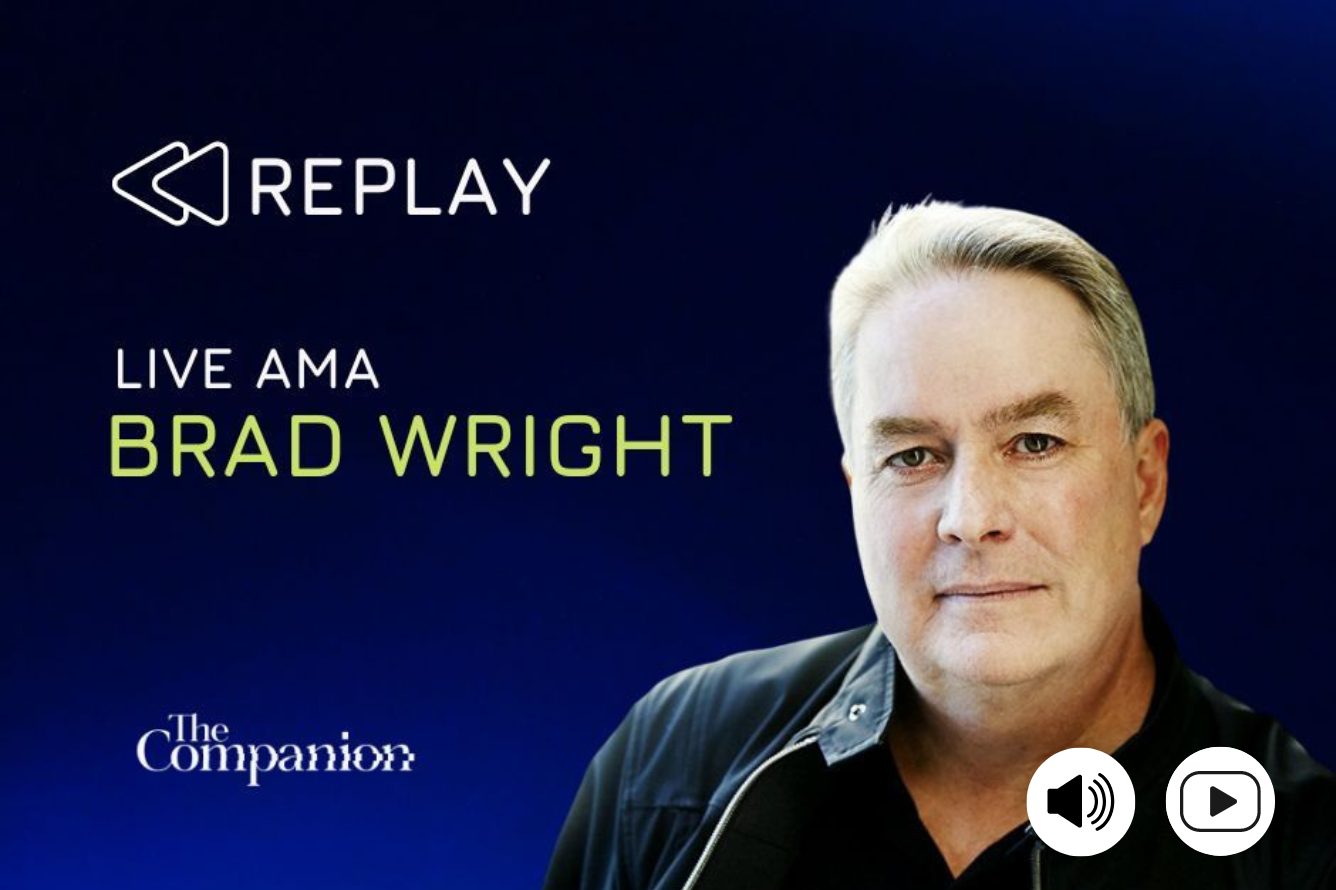
The Unforgettable Urgo
Heather E. Ash is still writing. She’s published a number of science fiction and horror short stories and is currently working on a crime thriller. She has been known to teach screenwriting, should you be so lucky.
Reflecting on her experiences on the staff of Stargate SG-1, one story looms particularly large.
“I can tell you that my mom is in a Stargate episode,” she reveals. “If you watch ‘Urgo’, that was Peter DeLuise. He became a supervising producer, but he was directing when I was on staff. Just the most generous person, really, he was lovely. He would do the Hitchcock thing of putting himself in an episode, but if you had family visiting when he was directing an episode, he would find a way to stick them in the background.”
‘Urgo’ (S3, Ep16) of course is the one with the legendary Dom DeLuise, Peter’s father, a regular fixture in Don Bluth animated movies, frequent Mel Brooks collaborator, and comedy icon. The avuncular motor-mouth A.I. beamed himself into the brains of SG-1, ostensibly on a fact-finding mission for his creator, but in the process decides he wants to experience life for himself.
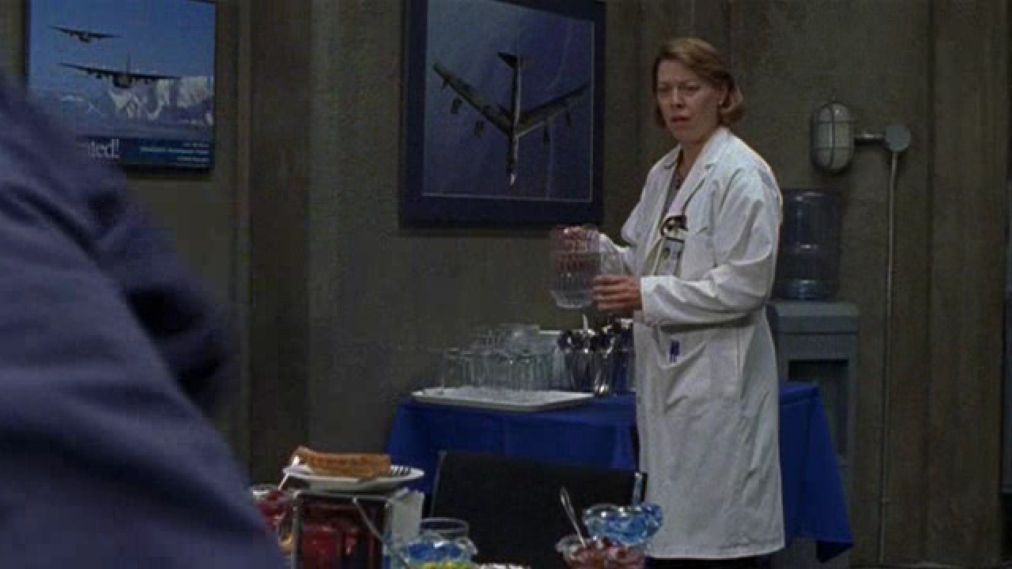
“[Peter] was directing ‘Urgo’ when my mom came up to Vancouver to visit me. What was so amazing about this was that my mom had raised me on all the Gene Wilder movies, so I had watched [Dom DeLuise] growing up and she was a huge fan. So if you watch this scene where they’re eating a whole bunch of food, like all that multicolored jello and stuff.
“Then the team gets up to go because they’re called to the Gate Room. There’s a reaction shot from a tech who’s pouring water – that’s my mom.
“Dom DeLouise was just the nicest person ever to me – he gave us all signed cookbooks. That was the best thing ever and I almost blew a take because he is funny and constantly riffing between takes. I was watching a scene and I don't remember what he said, but I went –” she gasps with laughter. “And people looked at me because you never do that. That’s money.
“I’m sure they didn’t use that shot, but oh my god, I was in so much trouble.”
As Stargate fans, you don’t need to be told that 40-odd minutes written over two decades ago can leave an indelible imprint on our psyches. Heather E. Ash gets it. She recalls a recent American Library Association conference in Chicago:
“We’ve established I’m a huge geek, right? I’m getting a book signed by Will Ritter, who did a recent Buffy novelization. He and I are talking Giles and Spike, nerding out about sci-fi in general, and he asks about my writing. No sooner have I said Stargate SG-1 than I’m getting bear-hugged and kissed on the cheek by the woman behind me. I’m getting fangirled while fangirling. A fangirl Inception!
“Not only does it go to show that librarians are the coolest, nicest folks anywhere… but also that it’s a huge privilege to have had even a small part in creating the sci-fi canon. To have done it on such a good show, with all that talent both in front of and behind the camera, was an incredible blessing.
“But there’s one thing I’ll never get over: Brad cut an exchange I wrote about Barry Manilow from ‘Beneath the Surface’, and I’ll never forgive him.”
The cost of your membership has allowed us to mentor new writers and allowed us to reflect the diversity of voices within fandom. None of this is possible without you. Thank you. 🙂










